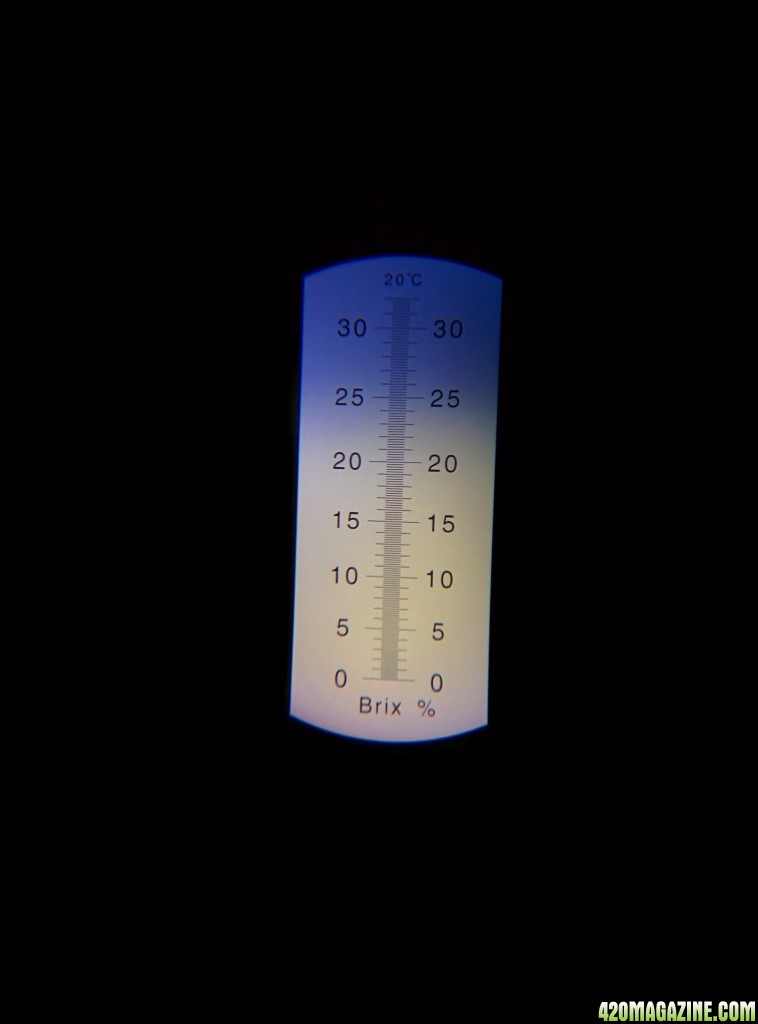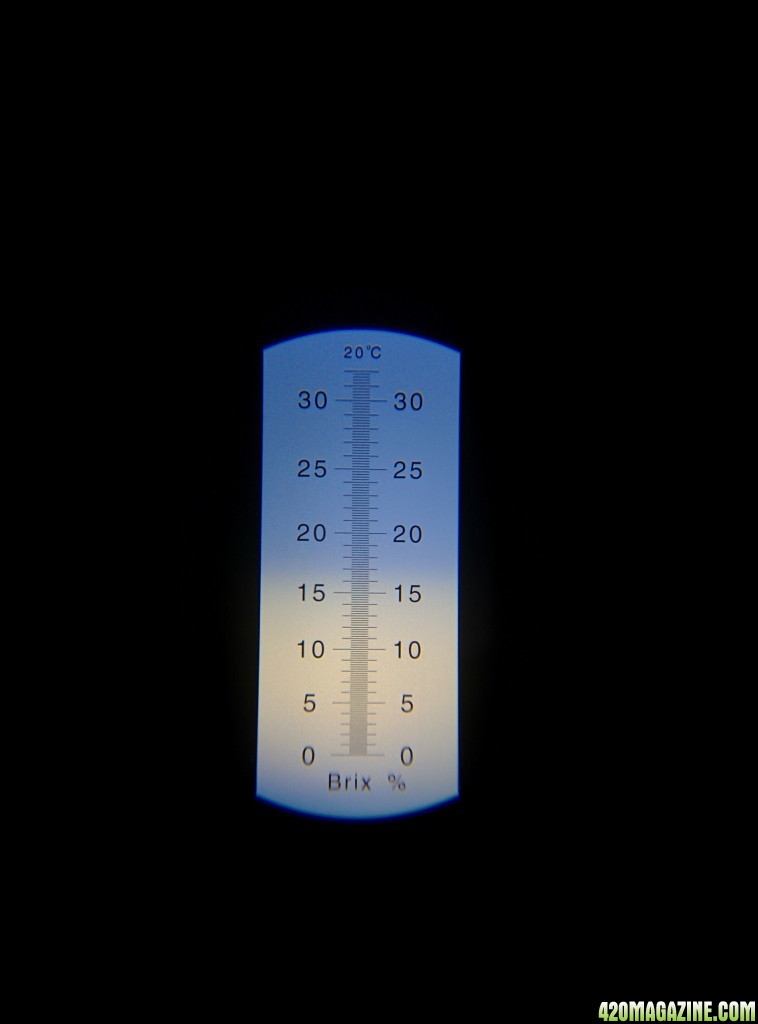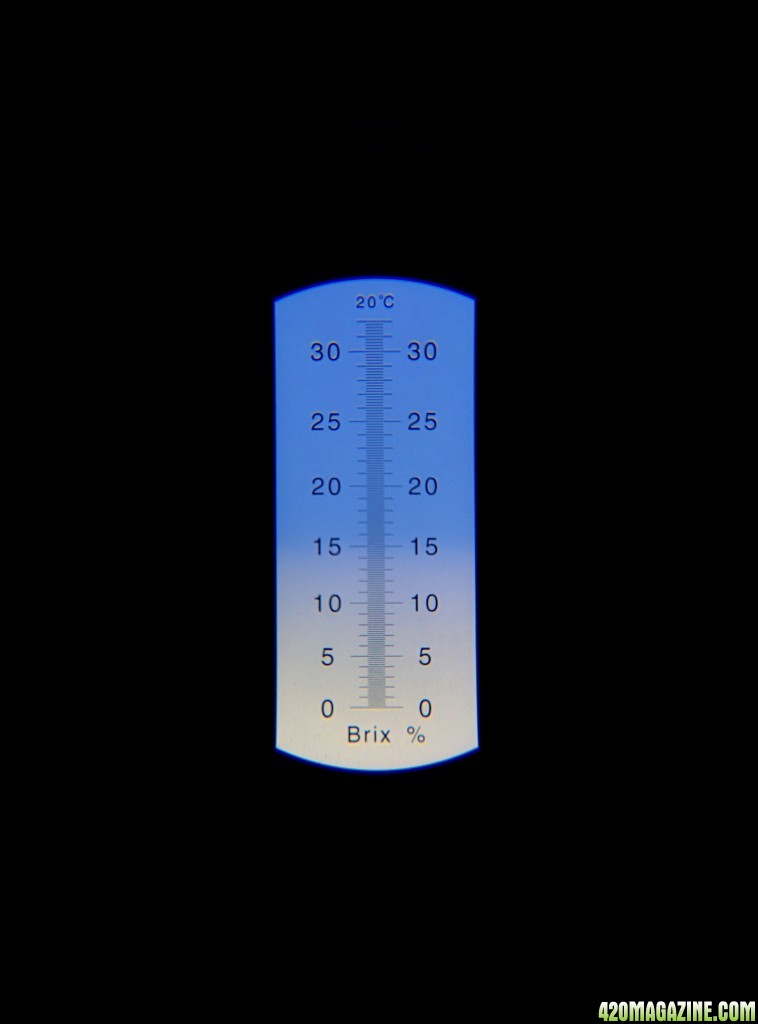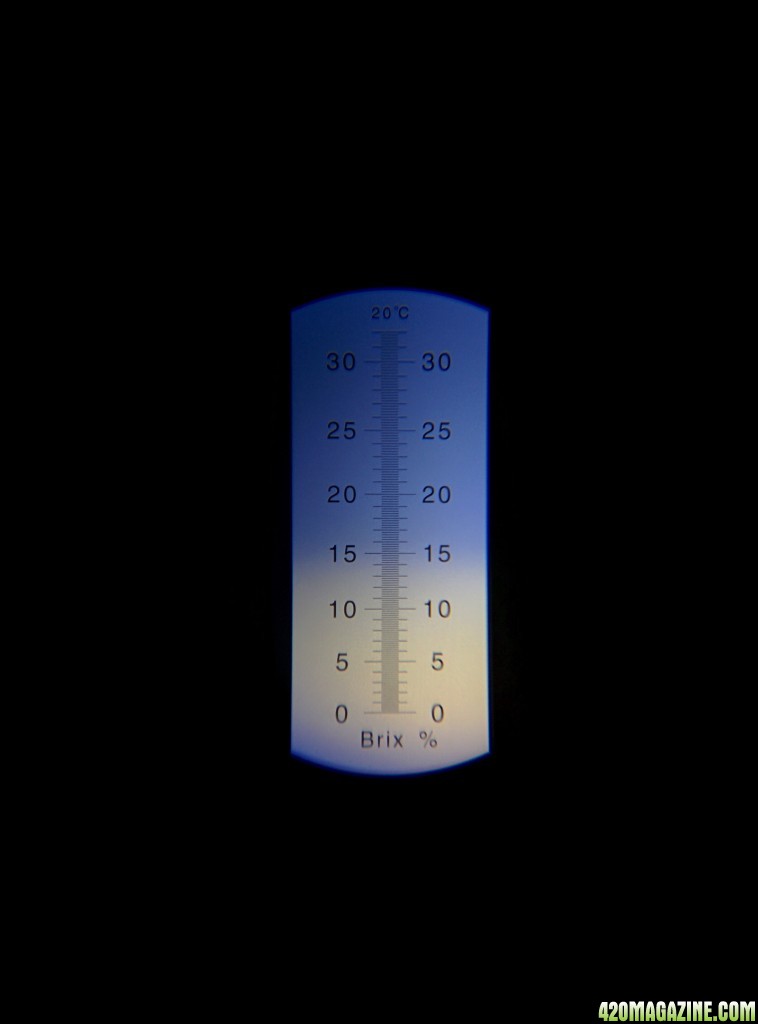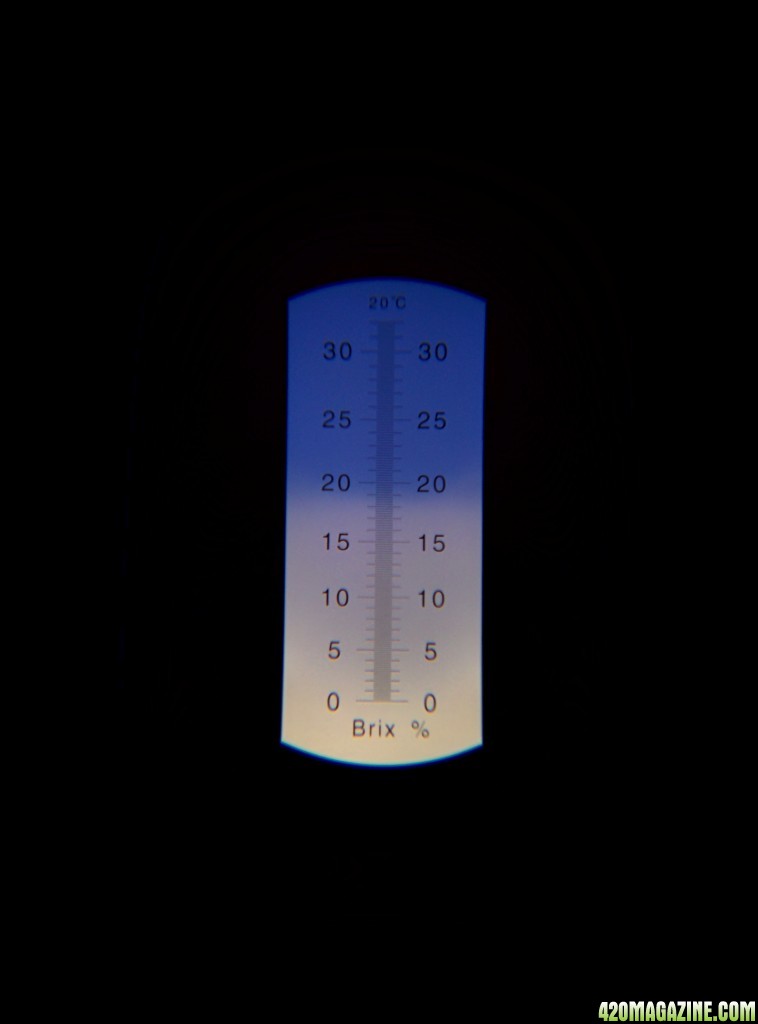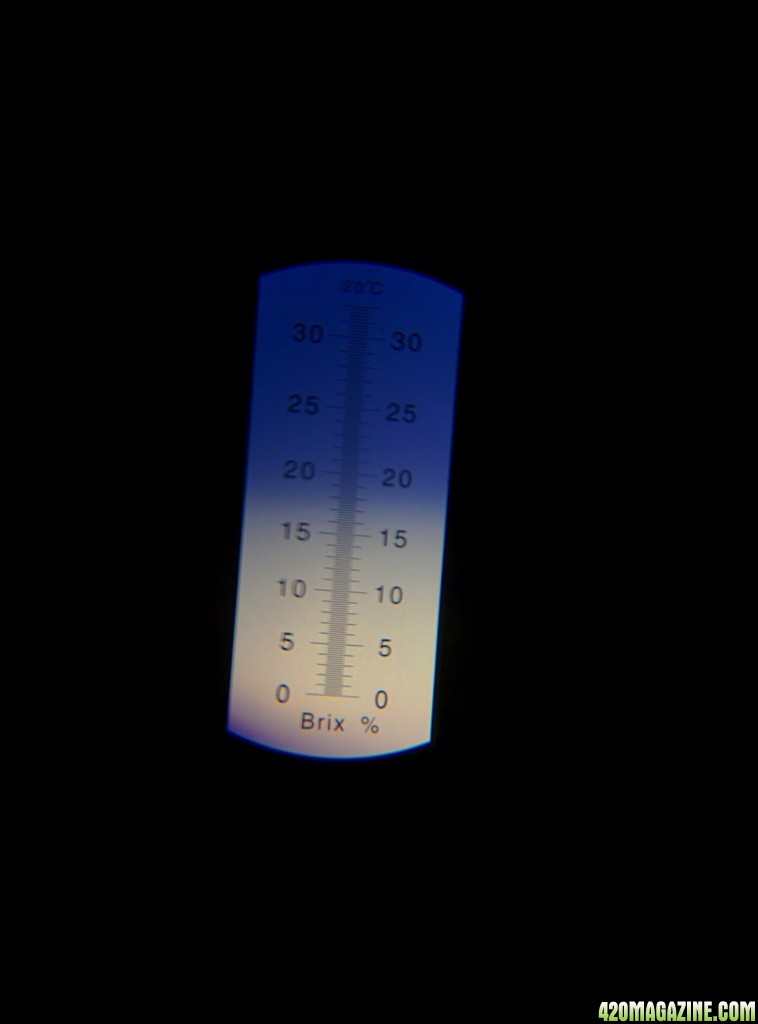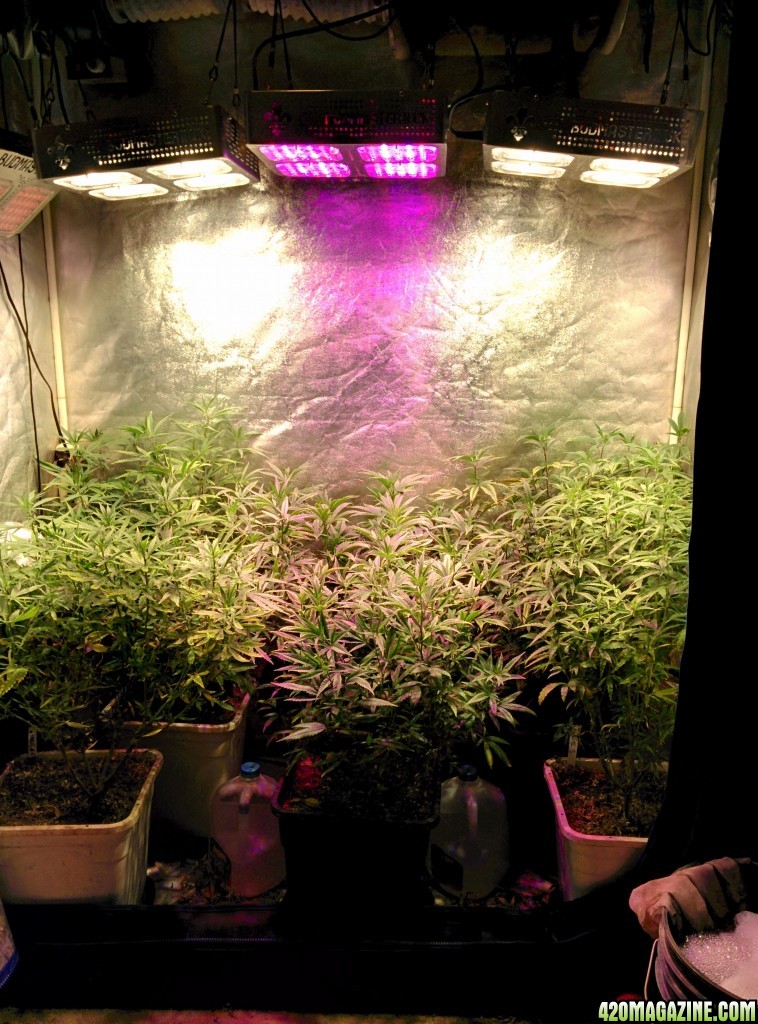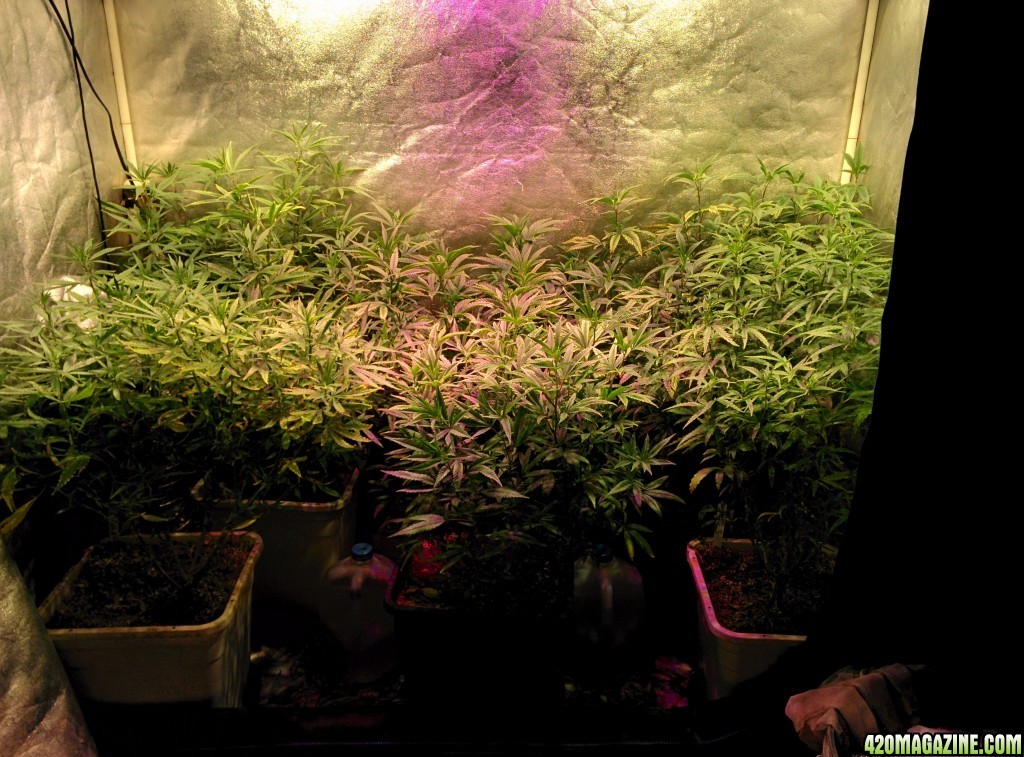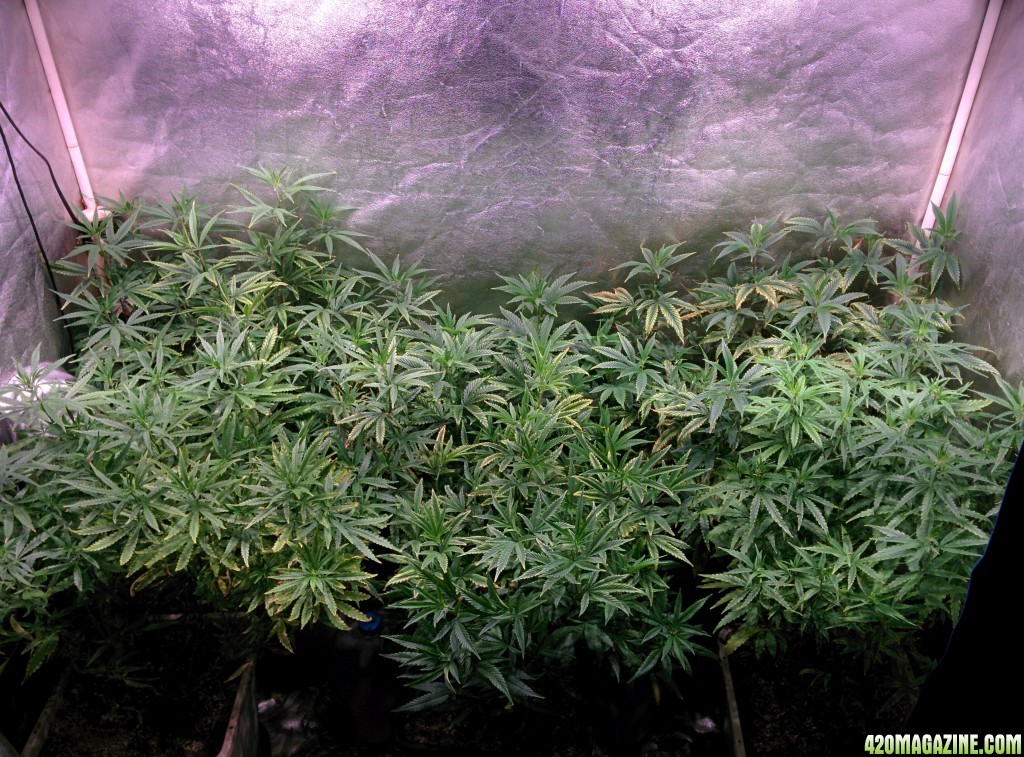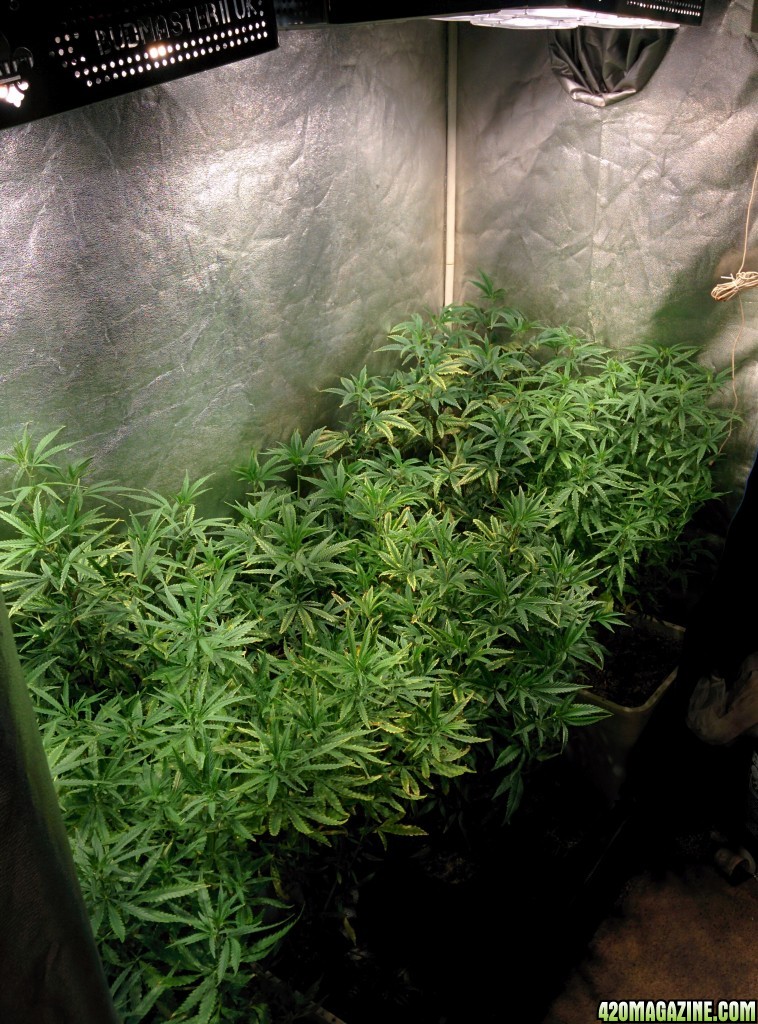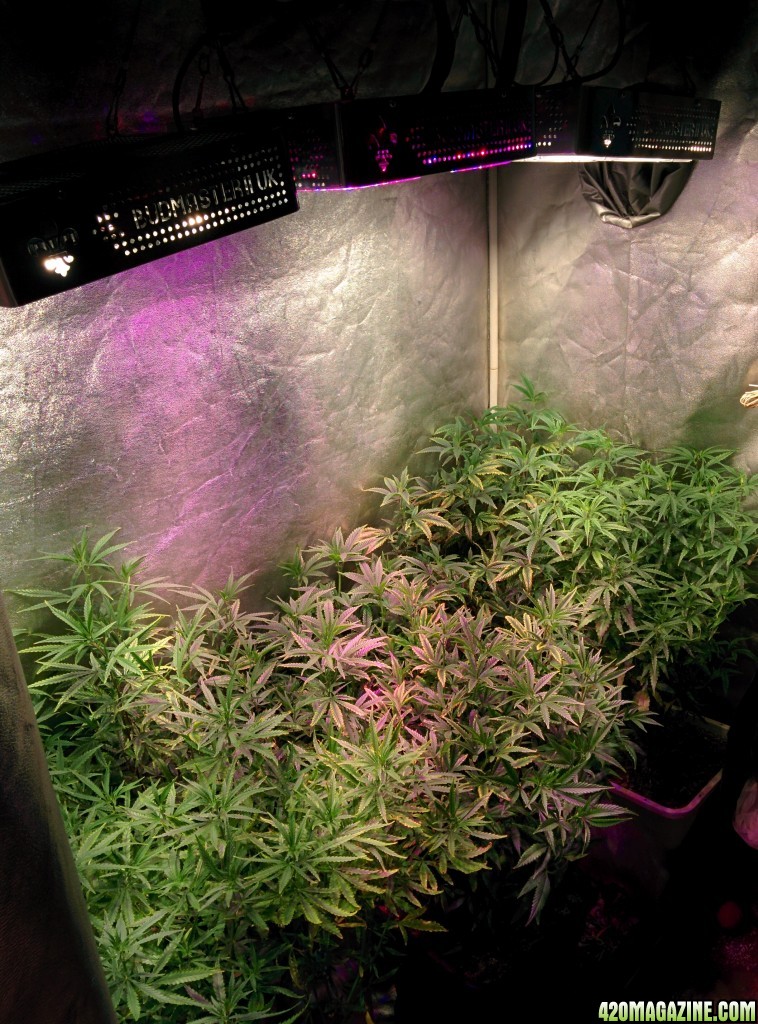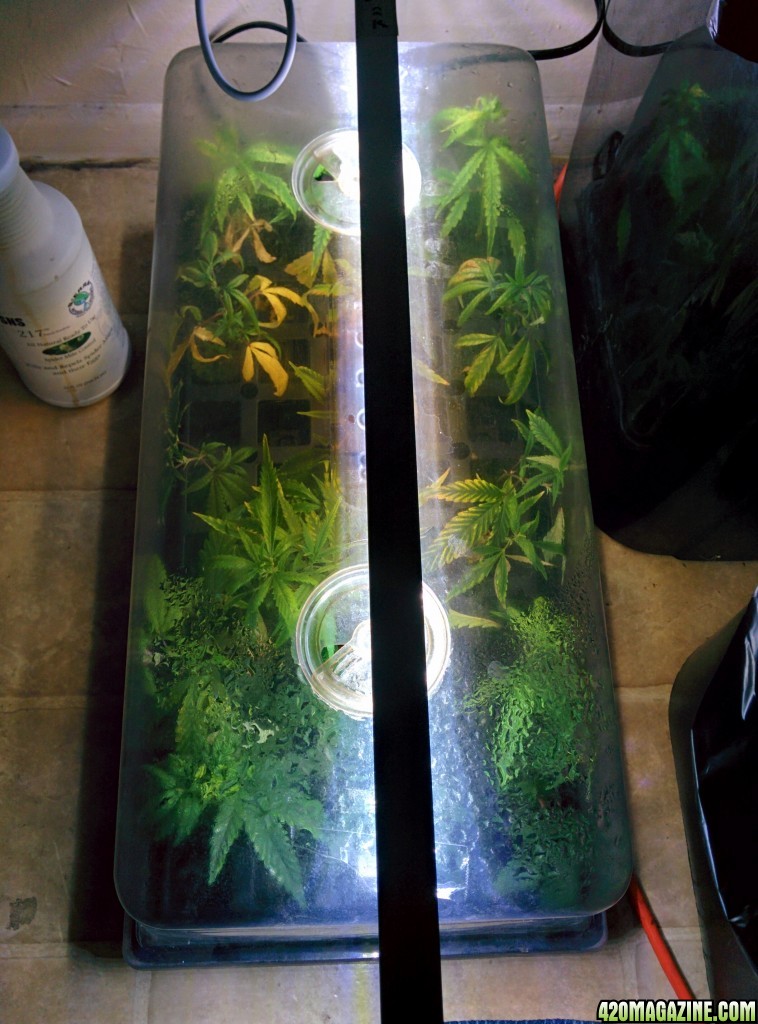Thanks for sharing your experience, and its good to know the reflector worked for you. I've had horrible success with it so back to my CFL's this weekend. Can't wait any longerlol
Mom just uses the same method that her mom used to when she was still alive - takes a cutting, sticks it in a glass of water, and parks it on the kitchen windowsill. She doesn't clone cannabis - but she used to get cuttings all the time, of all kinds of different plants, sometimes really small cuttings... and I think she managed to root almost all of them.
Err... Eventually
 .
.A few years ago, I stopped doing the "aerated water" thing and just started putting a perlite/vermiculite mix into little foam cups, poking a few drainage holes in them with a finish nail, making a hole, dropping the cutting's stem in it, patting the medium down a little, and watering with Oliva's Cloning Solution (mixed as per directions with water). And putting them under 20 hours (give or take) per day of fairly weak light. Kept the air movement and temperature such that they weren't trying to transpire more moisture than they were capable of uptaking through the "raw stem." Made sure that if the cups started feeling like they were drying out, that I gave more solution. Went back in a week or two and gently tugged on the stems - if there was resistance, there were roots, otherwise I'd wait a few more days.
I sometimes threw my cuttings into the refrigerator for a few hours, lol. They'd wilt, of course. Then I got to see "magic" when I placed them into the cups - and an hour later they were standing up again. IDK what the point was :rolleyes3 - but it showed me right then that the cuttings were in a good environment.
Hmm... I wonder if either of my little runts have any "cutting material" yet, lol? I wonder if that bottle of Olivia's Cloning Solution is still good after having been opened, used from, and then stored in someone's basement for three years? Hmm...



